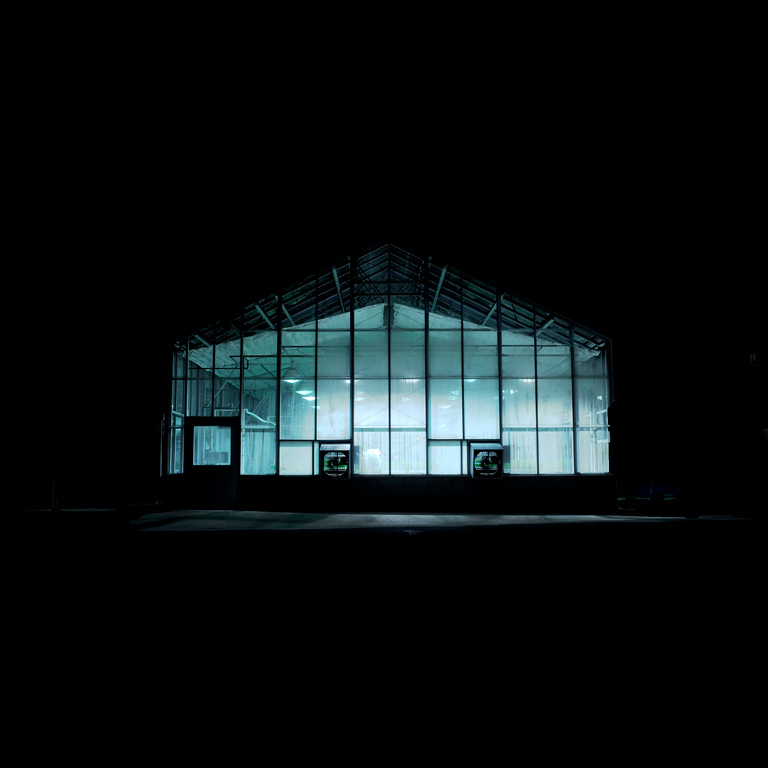Exhibition: August 28–November 18, 2020
OPEN for drop in hours Wednesday, Friday and Saturday 12–4pm. To visit other days, please contact grunwald@indiana.edu to make an appointment.
Artist Talk with Sayler/Morris: Friday, October 9th, 5pm on Zoom.
The Grunwald Gallery at Indiana University is pleased to present State of Nature: Picturing Indiana Biodiversity, an exhibition featuring artifacts from Indiana’s prehistory alongside visual art documenting biodiversity in Indiana. This exhibit will serve to increase literacy about ecological developments, the impact of climate change on everyday life, and encourage awareness of our immediate natural surroundings.
State of Nature: Picturing Indiana Biodiversity will feature historically significant natural artifacts and visual art by over fifteen artists that have a connection with the state. In addition to being open to viewings by appointment, the exhibition will be available to view via the Grunwald Gallery’s website, including a virtual 3-D walkthrough of the exhibit. The exhibition will travel to the Indiana State Museum in Indianapolis in spring 2021.
The exhibit, conceived and curated by Betsy Stirratt, Director of the Grunwald Gallery and Distinguished Professor Roger P. Hangarter at Indiana University will contain art and artifacts that encourages an aesthetic appreciation of the natural world in Indiana. Artifacts, samples and specimens from IU collections related to Indiana’s prehistory and specimens from the extensive collections of the Indiana State Museum and Historic Sites will be featured.
Artworks by Indiana artists or artists with connections to Indiana have been selected by the curatorial team with Mark Ruschman, senior curator of art and culture for the Indiana State Museum and Historic Sites. Items from collections of the Indiana Geological and Water Survey and the Indiana State Museum and Historic Sites have been selected with the assistance of Damon Lowe, senior curator of science and technology for the Indiana State Museum an Historic Sites. Placement of these artifacts with contemporary art works will create an out-of-the-ordinary learning experience for visitors, which, we hope, will promote a deeper understanding of our environment.
Biological diversity is astonishing in its beauty and importance. As recently as 1820, during the establishment of Indiana University, the state of Indiana was covered with extensive forests and a diversity of other ecosystems that were rich in life and part of the fabric of what defined the life of Hoosiers. With the rapidly growing urbanization and pervasive reliance on technology, humanity is becoming more and more alienated from the biological system we are part of. Our connection to our ecosystem has become far more tenuous and many Hoosiers have become content to view nature virtually. Many also think that to see nature it is necessary to travel to the types of “exotic” locations often featured in “nature” shows on television. The growing detachment of humans from the natural world has become known as “nature deficit disorder.” [1]
IU Distinguished Professor of Biology Roger P. Hangarter states “As our ecosystems continue to degrade under our feet and around us, State of Nature will provide viewers with a visually compelling place to explore, examine, question, connect to and contemplate what we stand to lose if we fail to change the way we treat the natural world.” The exhibit will be a chance to value and appreciate the place we live in.
State of Nature featured artists:
- Suzanne Anker
- Joianne Bittle
- Lucinda Devlin
- Dornith Doherty
- Margaret Dolinsky
- Roger P. Hangarter
- Kate Houlne
- Dakotah Konicek
- John McNaughton
- Martha MacLeish
- David Morrison
- Joyce Ogden
- Ahmed Ozsever
- Casey Roberts
- Sayler/Morris
- Bonnie Sklarski
- Gene Stratton-Porter
- Mark Tribe
- Caleb Weintraub
- Maria Whiteman
The exhibition and events are made possible by New Frontiers in the Arts and Humanities, The Environmental Resilience Institute, and the Eskenazi School of Art, Architecture + Design at Indiana University. The exhibit has been developed in collaboration with the Indiana State Museum and Historic Sites. Lenders to the exhibition include the Indiana State Museum and Historic Sites, Indiana Geological and Water Survey, Lee Marks Fine Art, Roger P. Hangarter, and the artists.
[1] Richard Louv, 2005, Last Child in the Woods: Saving our Children from Nature Deficit Disorder



